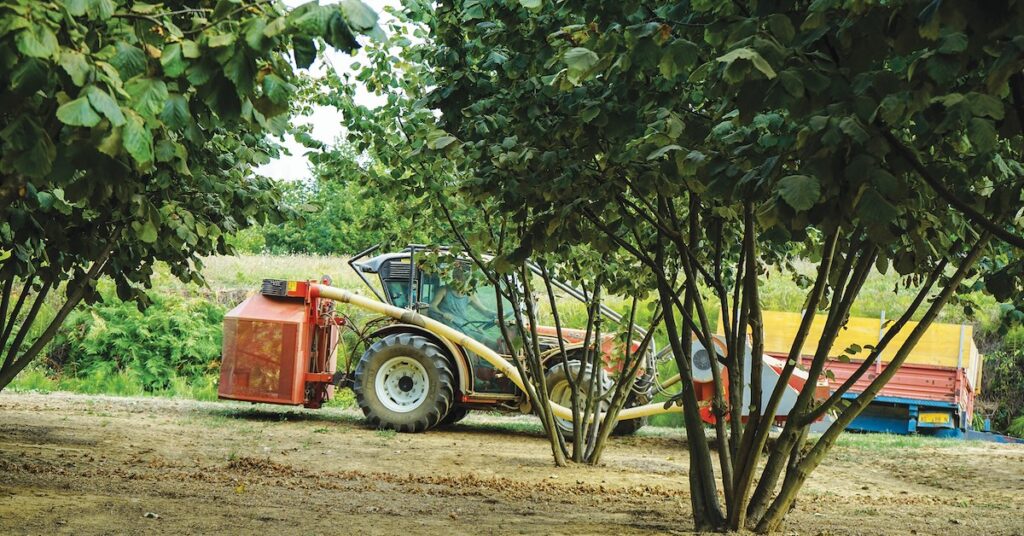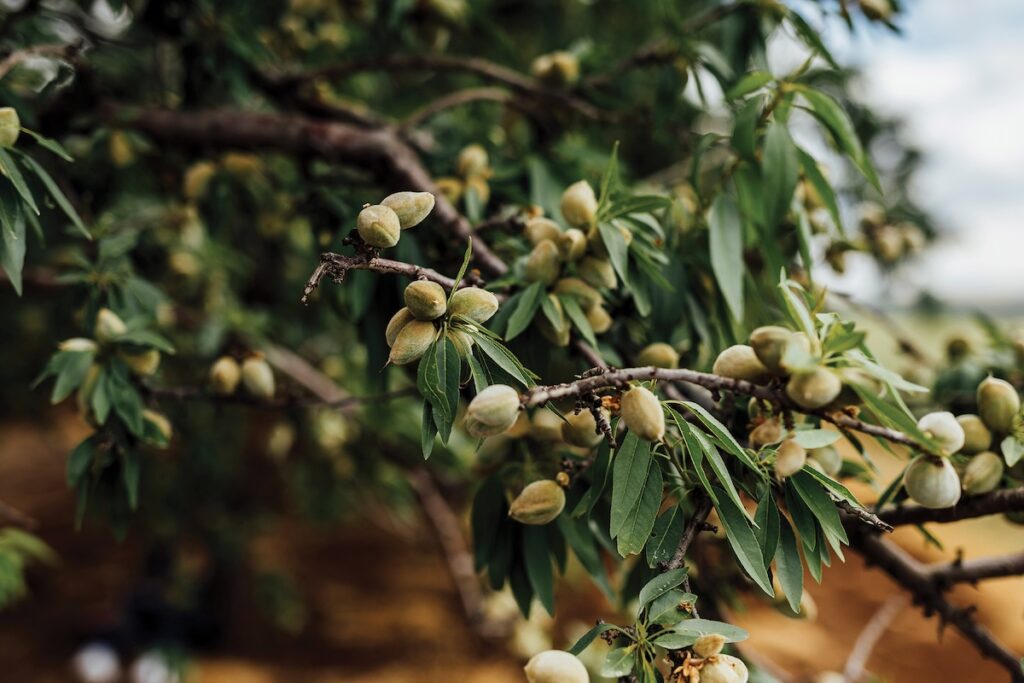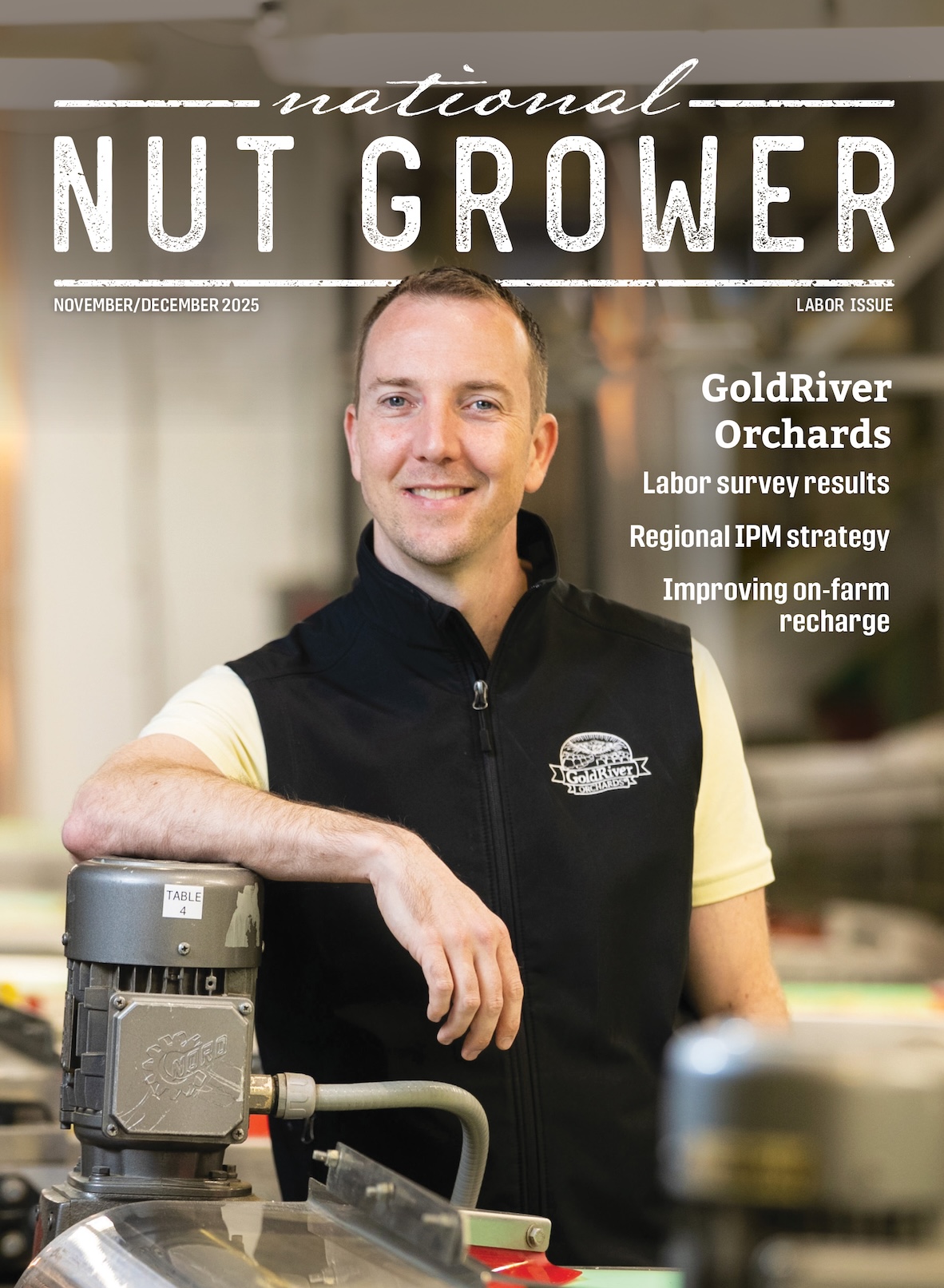
November/December 2025
2025 Labor Survey Report
Tree nut growers express concerns over wages, regulations and H-2A
Tree nut growers across the U.S. are navigating a changing labor landscape shaped by rising wage requirements, regulatory hurdles and growing uncertainty about the H-2A program.
Results from National Nut Grower’s 2025 Labor Survey reveal both optimism and unease as growers consider how to sustain their operations in the years ahead.
Labor availability holds steady but costs climb
Most growers reported having enough labor in 2024, with 88% saying they secured the workers needed to bring in their crops. For the minority who did not, the impacts were tangible: one-quarter of those respondents said at least 30% of their crop went unharvested.
Despite generally stable access to workers, labor costs remain a pressing issue. While only 4% of respondents said they currently use the H-2A program, many voiced frustration with the rising Adverse Effect Wage Rate (AEWR). When asked how wage requirements are affecting their farms, growers pointed to shrinking margins and long-term sustainability challenges.
“They’ve doubled since 2018, while crop prices have dropped. Profit margins are very low,” one grower said. Another added, “Labor and cost of supplies, compounded with low commodity prices, has taken away profitability.”
Others noted that compliance with wage rules and overtime laws adds strain.
Mixed feelings on H-2A
Although H-2A is not widely used in the tree nut sector, its role remains central to labor discussions. Of the respondents who use or have considered the program, just under one-quarter said they would consider outsourcing the entire process in the future. A small number already rely on labor management companies.
When asked about the effect of new wage rules on their H-2A use, more than half of respondents said they were not affected, but nearly 35% said the requirements had either “somewhat” or “significantly” impacted their decisions. Two-thirds of respondents said they plan to continue with the program despite the changes, though one-third said they were considering reducing or discontinuing its use.
For many, the administrative burden remains a sticking point. Nearly 70% of respondents described the legal process as either somewhat or very challenging.
Growers look to automation, acreage cuts
Facing uncertain labor dynamics, growers are exploring different strategies to adapt. When asked how they plan to address shortages in 2025, 44% said they would do more work themselves, while 24% said they would reduce acreage. Nearly one-quarter are considering greater use of automation, primarily in irrigation management and harvesting.
Some respondents are also leaning on local seasonal labor or interns, while others expressed frustration that they may ultimately have to downsize or exit farming altogether.
“Trying to farm in California is a nightmare. I spend more time trying to comply with government regulations than I do farming,” one grower said.

Limited advocacy and outreach
The survey also highlighted growers’ engagement with policymakers and industry groups. Only 15% said they had contacted elected officials about the need for H-2A reform, and fewer than 6% said they were involved in organizations working on labor issues.
That limited involvement reflects both a sense of fatigue and skepticism. As one grower said, “California labor laws are making farmers cut wages to employees. If we continue with more overtime rules, we pay even more in federal and state income taxes, which also pushes our workers’ comp values through the roof.”
Mounting frustrations
In open-ended comments, growers expressed deep frustration with current policies and the future outlook.
“The H-2A program wage rates need to be frozen,” one respondent wrote. Another noted, “No one wants to work. It’s too easy to rely on government handouts.”
Several pointed to overlapping challenges — water availability, environmental regulations and low commodity prices — that compound labor struggles.
“There won’t be much farming in California because of water, environmentalists and low almond prices,” one grower warned.
Others worried about the long-term trajectory of farming under current rules. “It’s not a good job anymore — I want out,” said another respondent.
Planning for the future
While most tree nut growers reported they were able to find enough labor in 2024, the survey makes clear that rising costs and regulatory complexities are reshaping how operations plan for the future. For some, that means investing in automation or scaling back acreage. For others, it means questioning whether farming remains viable at all.
The findings underscore that labor challenges extend beyond availability. As growers weigh new wage laws, compliance requirements and increasing costs, their concerns point to the urgent need for workable solutions — both to sustain the tree nut sector and to ensure the long-term resilience of American agriculture.









